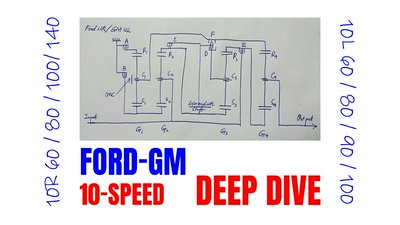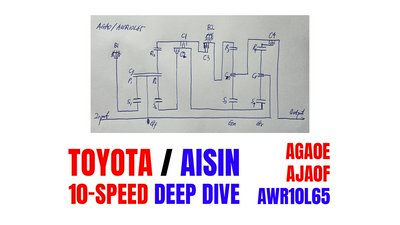techXXX
Modern Ferrari V12 GTs: Evolution Over Six Generations
Some of Ferrari’s most collectible and unforgettable road cars are V12-powered grand tourers. Today, we look at the evolution of modern Ferrari two-seat GTs after the return of the front-engine V12 (berlinetta) layout over six generations.

Some of Ferrari’s most collectible and unforgettable road cars are V12-powered grand tourers. Between early 1970s and mid-1990s, the company instead shifted to produce a series of mid-engine flat-12 sports cars in place of two-seat GTs. Today, we look at the evolution of modern Ferrari two-seat GTs after the return of the front-engine V12 layout over six generations.
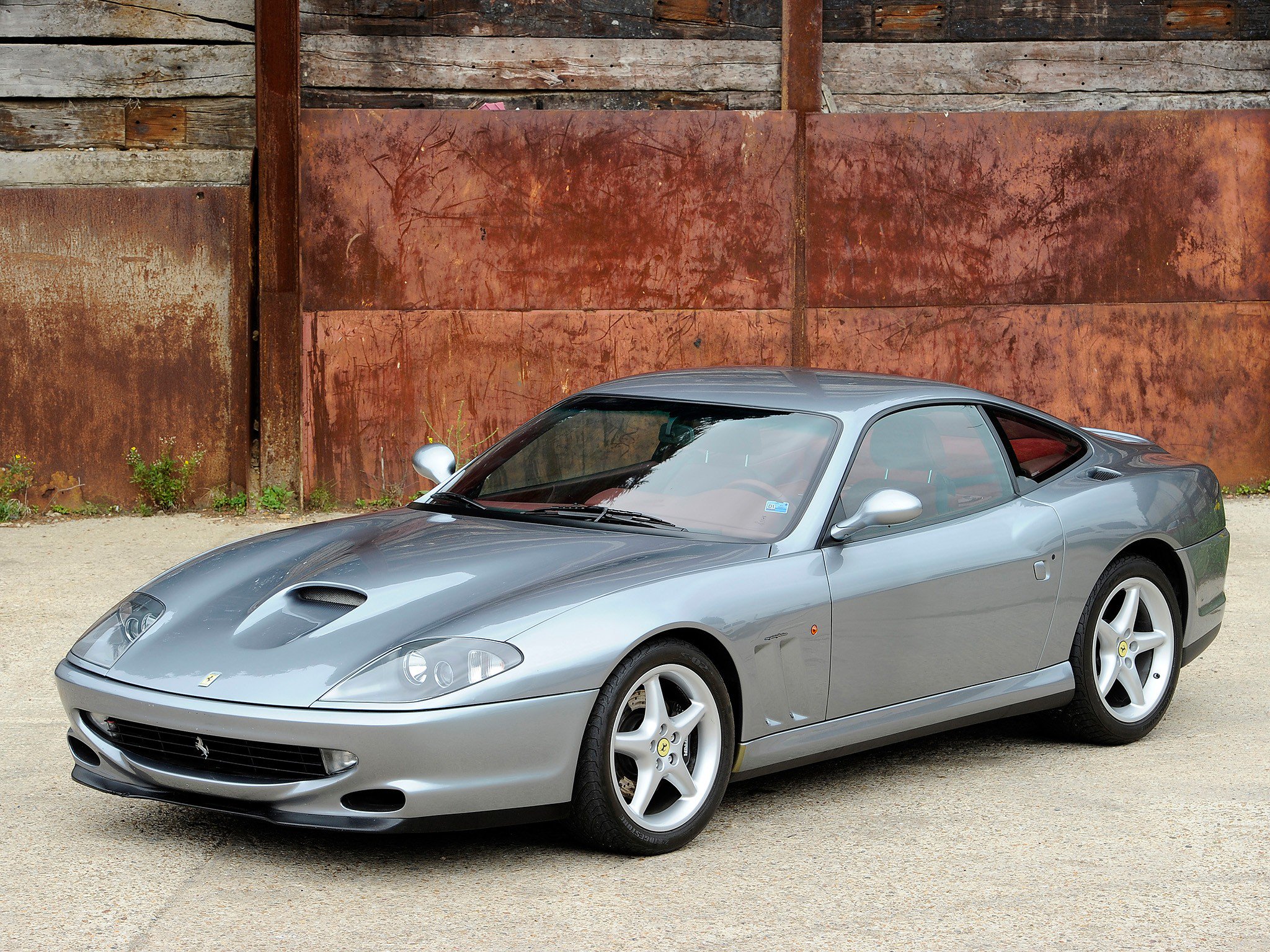
550 Maranello
The 550 Maranello, Tipo F133, marked the return of the front-engine V12 two-seat grand tourer, or Berlinetta, to Ferrari’s line-up. Unlike earlier Ferrari V12 models, which used the per-cylinder displacement in the model name, the 550 is named after its engine’s entire displacement. This was because Ferrari already had the 456 in production with the same F133 engine. As I mentioned in a previous article on V12 engines, the F133 introduced a unique 65-degree bank angle that allows for better engine breathing.
Crucially, the 550 Maranello was the last V12 Ferrari that came exclusively with manual transmission. Unlike conventional manual gearboxes, it was a transaxle with integrated limited-slip differential. This feature is valued by collectors today.
Design-wise, the 550 was the work of Pininfarina. It shares some styling cues from the 456, notably the smooth curves that flows from hood up the raked windshield as well as Ferrari’s classic circular quad taillamps. Inside, the car was quite simple by today’s standard, but this was not out of the ordinary for sports cars in the 90s.
Ferrari made over 400 roadsters named 550 Barchetta Pininfarina, too.

575M Maranello
In 2002, Ferrari started making the 575M Maranello, with the “M” designating Modificata, essentially a facelift. The car received new headlights and a new bumper but is more or less the same in styling terms. In fact, many consider the original design more coherent.
Ferrari increased both the bore and the stroke of the F133 engine and squeezed out another 30hp from the V12. More important, the new F1 gearbox by Graziano Trasmissioni became available. Though manual remained the standard, only 10% of the vehicles, over just 200, were made with them. Today, these are increasingly appreciated. As it is with all Ferrari robotized manual transmissions (also known as F1 or Cambiocorsa, DuoSelect, or MC-shift in Maserati), the unit has a complete mechanical manual gearbox. This was the reason why Ferrari continued to sell full manuals well into the 2000s.
Ferrari also made over 500 convertibles based on the 575M named Superamerica.
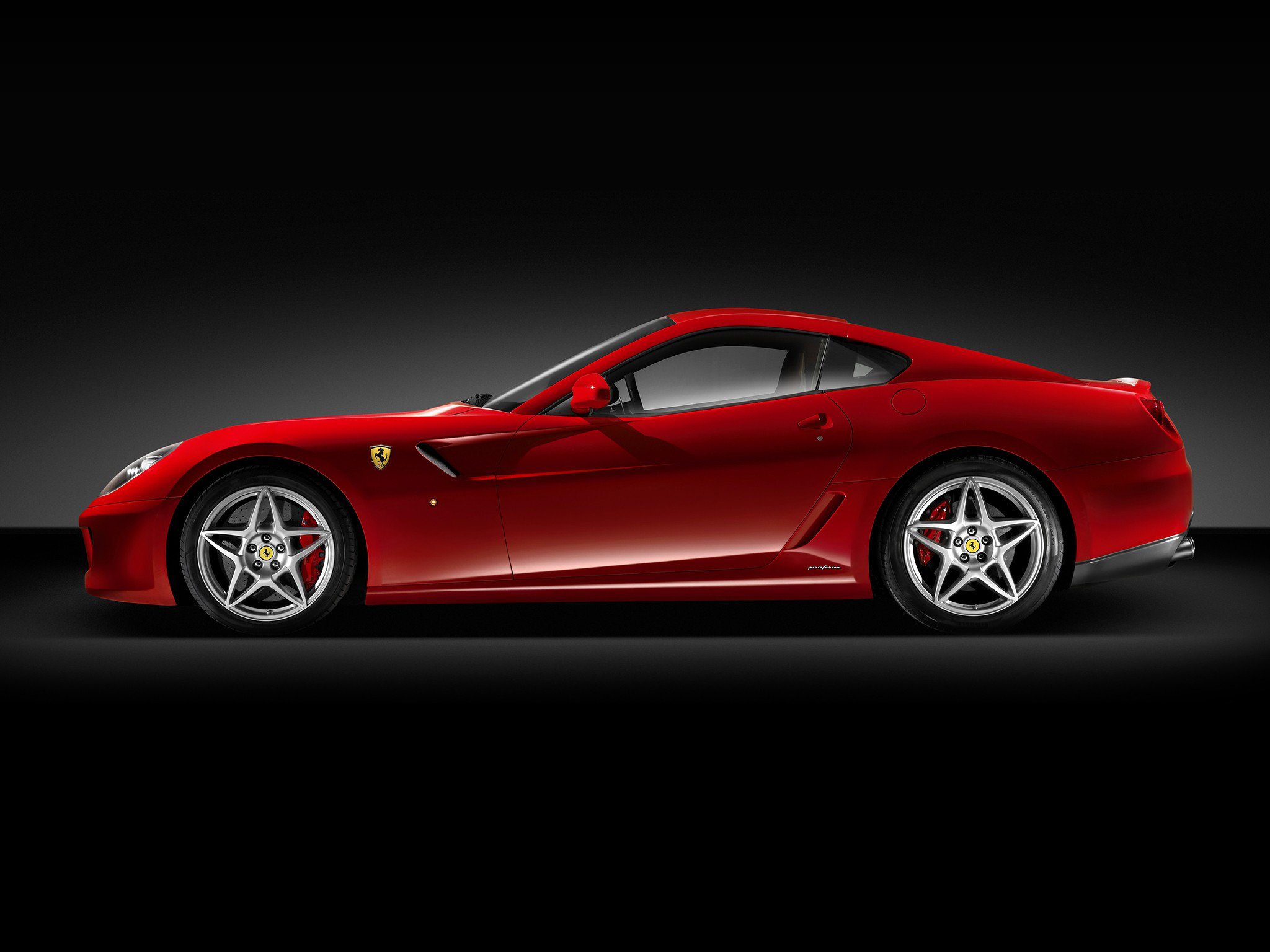
599 GTB Fiorano
Ferrari introduced the 599 GTB Fiorano in 2006. Codenamed Tipo F141, the 599 was the modern-modern Ferrari that introduced the down-rated F140 Enzo engine to “normal” Ferraris. As I mentioned in my article on V12 engines, the F140 in standard production guise uses timing chains, a first in Ferrari V12 history. It remains a 65-degree V12 but further reduced service intensity and improved reliability. The 599 was named after its engine’s displacement of 5.99L. It was also the last V12 Ferrari available with a manual transmission; unfortunately, only 30 or so were so equipped. I remember a decade ago seeing a used one listed for sale for less than F1-equipped models, directly by Ferrari. Those days are long gone, with the rare manual 599 now asking four times the price.
For the first time in a V12 Ferrari two-seat GT, the 599 GTB uses an aluminium spaceframe, which was originally introduced with the 612 Scaglietti. This resulted in a vehicle larger than the 575M Maranello but still lighter. It was also the first Ferrari GT to come equipped with GM-sourced MagneRide magnetorheological dampers, which was called SkyHook by Maserati.
Even two decades later, the Pininfarina-designed 599 still beats new cars in evoking emotions. Its clean lines and intricate details are truly timeless. One curious point about the car is that it looks rather Japanese, even though it was penned by the same designer of the Maserati GranTurismo, Jason Castriota, an American. On the inside, the 599 GTB Fiorano started to introduce more luxury touches to the once barren Ferrari interior.
Ferrari offered the HGTE, Handling Gran Turismo Evoluzione, package with a range of upgrades, much like it did with the 612 Scaglietti. Towards the end of the model’s production run, the 599 GTO, Gran Turismo Omologato, was offered. This was the most radical and fastest road-legal Ferrari for some time, beating the Enzo.
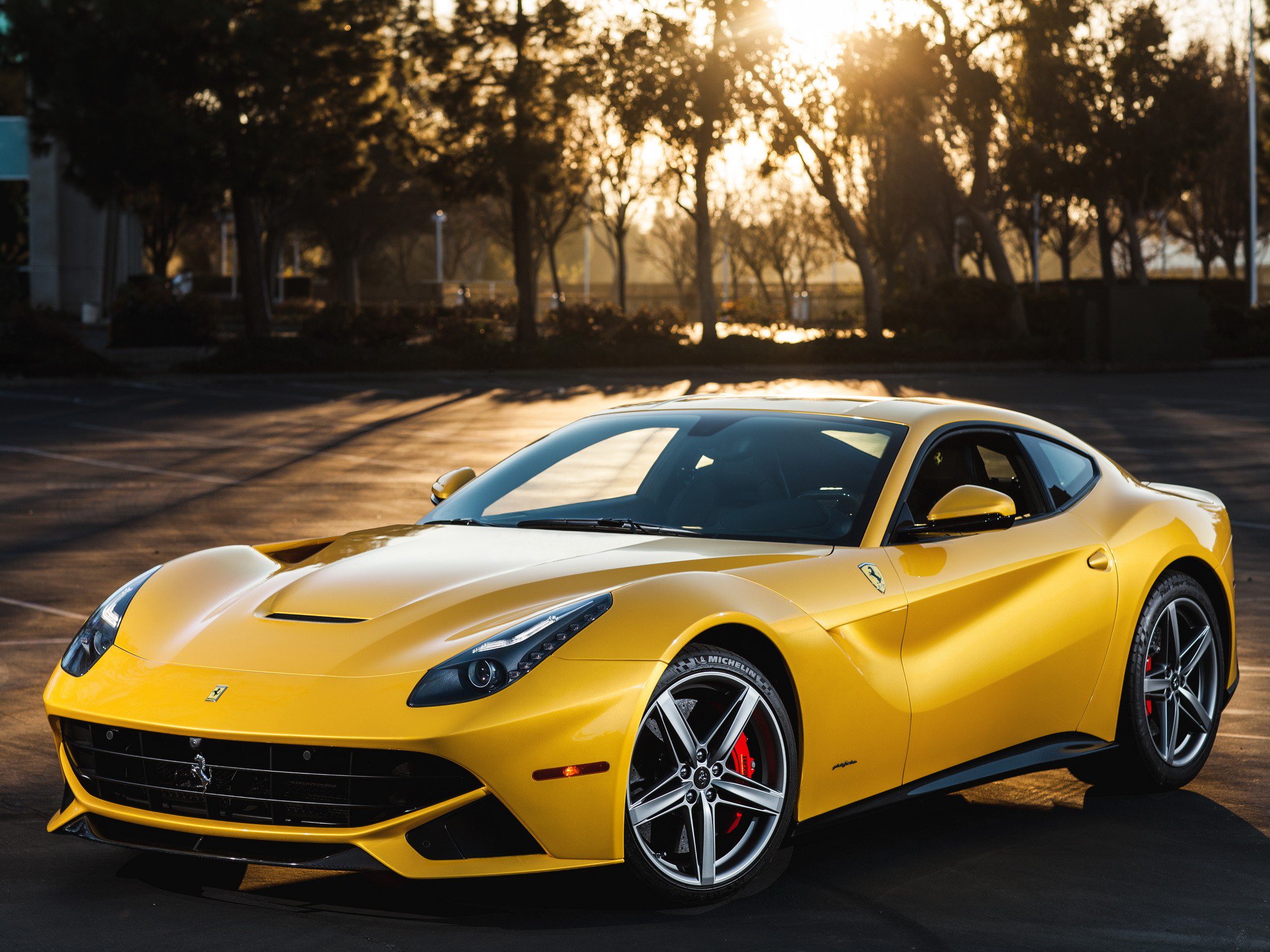
F12berlinetta
In 2012, Ferrari introduced the F12berlinetta, Tipo F152. It marked another leap in drivetrain technology, with the base F140 engine now becoming direct-injected and the new 7-speed dual-clutch F1 DCT transaxle replacing the old single-clutch unit. These upgrades significantly improved performance, making the standard F12berlinetta faster around Fiorano than the 599 GTO. In fact, V12 Ferraris were already more powerful than most drivers can handle.
At the same time, the new wet dual-clutch transaxle made the F12 an easier car to live with in traffic. Along with the ever more luxurious interior, this two-seater is closer to what one would associate with Grand Tourers than ever.
This generation was the last to be designed by Pininfarina. In my opinion, it marks the high point in modern Ferrari styling. It is appreciably more Italian than its predecessor, with more complex lines that reminds one of luscious women from every angle. Its circular taillamps are a nod to classic Ferraris.
Towards the end of the F12’s production run, a more radical version, F12tdf, was introduced. While it was mechanically upgraded, I find the exaggerated styling elements that it wears an abhorrent departure from the original design. The F12tdf was designed by Ferrari Styling Centre.
The F12 was so named ostensibly because it is a 12-cylinder car in two-seat GT, or Berlinetta form.

812 Superfast
The 812 Superfast, Tipo F152M, superseded the F12 production in 2017. It was again a “Modificata” or facelift, though a radical one, probably because it was designed solely by Ferrari Styling Centre. It is a lot more brutish, with a little futuristic flare such that it would suit someone like Bruce Wayne better than any of its predecessors. While it remains a gorgeous car, I find the sudden masculine turn to be abrupt.
Mechanically, the biggest difference is the introduction of rear-wheel steering, which supposedly makes the car easier to handle in spirited drives despite its increase in power. Speaking of power, the 812 Superfast was named after the 800PS power rating of its 6.5L version of the F140 V12 engine.
The most notable variant of the 812 Superfast was the 812 GTS, a hardtop convertible. Thanks to the aero humps, the 812 GTS is a more gorgeous car than the base Berlinetta.
Towards the end of this generation, the special 812 Competizione and Competizione Aperta were introduced, with the Aperta being a targa top. Ferrari also made the exclusive Monza SP based on the 812 Superfast.
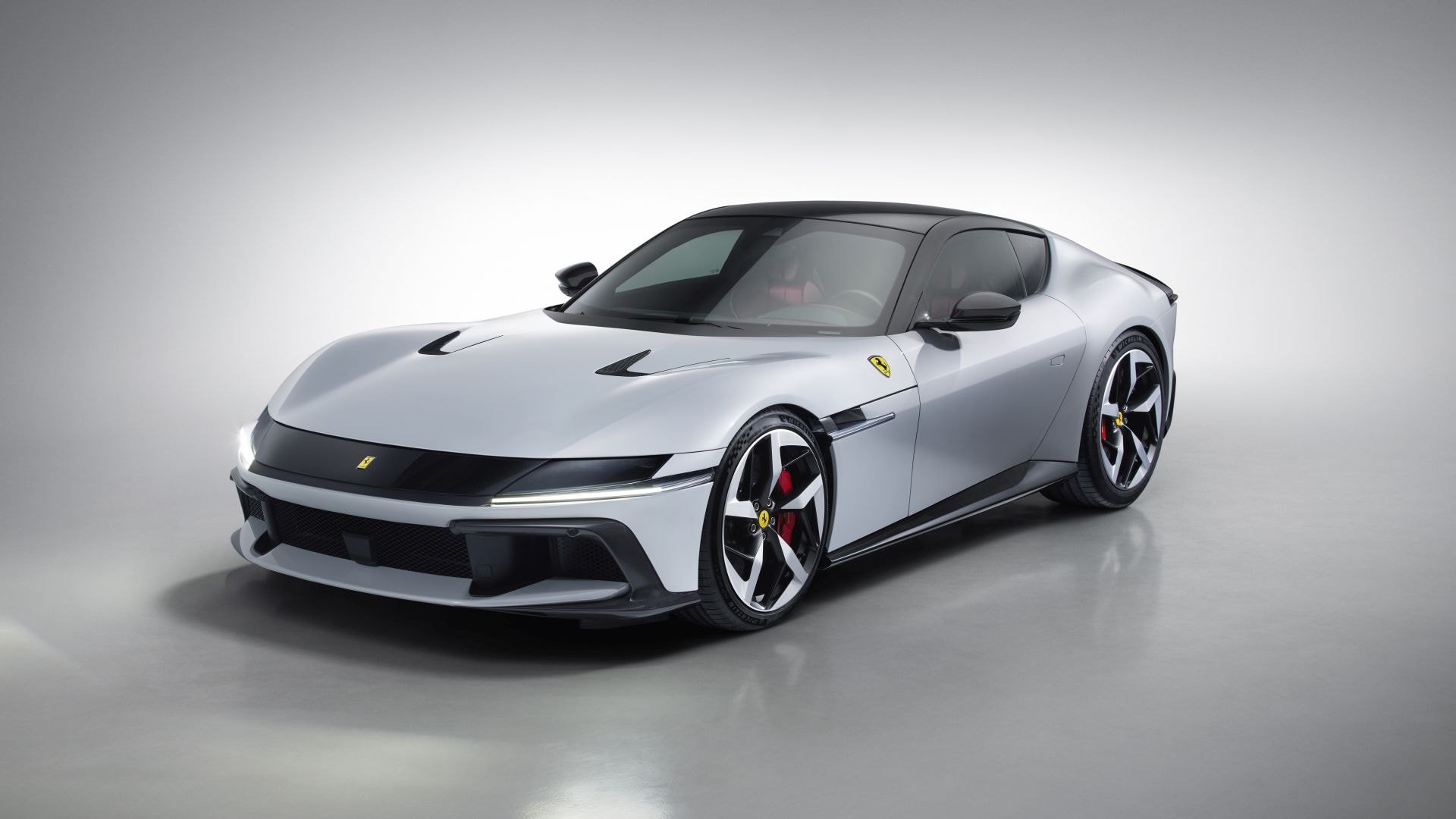
12Cilindri
This year, Ferrari unveiled its latest V12 two-seat GT, 12Cilindri. Codenamed Tipo F167, the 12Cilindri uses the same 830PS engine from the 812 Competizione. It introduces a new 8-speed dual-clutch transaxle.
The design of the 12Cilindri is an homage to the Ferrari Daytona of the 1960s. While retaining the classic Berlinetta profile, this generation has some bold design elements in the front and the rear that are dividing opinions. In comparison, the 12Cilindri Spider, which is the hardtop convertible version, has in my opinion a better rear-end design.
On the inside, Ferrari jumped on the bandwagon with digital displays, making the 12Cilindri the first V12 Ferrari to lack a physical gauge. This is part of what sets a piece of artwork like the Pagani Utopia from cutting-edge industrial products like this V12 GT.
In all aspects that matter, the 12Cilindri is not a vastly superior vehicle to the F12berlinetta that came onto the market over a decade ago. While some may attribute this to a lack of improvement in the V12 engine or some environmental regulations, the fact is that all these modern V12 Ferraris, at least from the 599 onwards, are too powerful for most people to be able to enjoy, either on public roads or on the racetrack.
In my opinion, Ferrari’s next V12 GT should remain naturally aspirated but with a smaller displacement and a higher redline. It would do better with something like Koenigsegg’s new dual-mode transmission that comes with a gated shifter and a clutch paddle, too.


